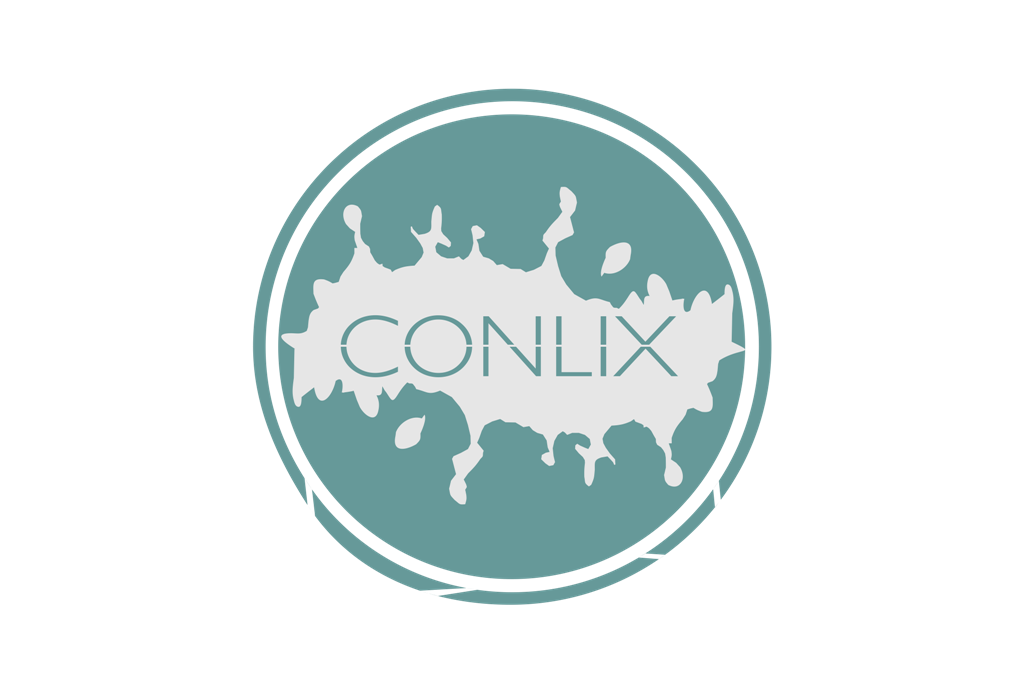The best concrete finishes for interior design have become a staple in modern architecture, blending industrial charm with contemporary elegance. Whether you’re designing a cozy apartment, a chic studio, or a minimalist home, concrete provides versatility and unique appeal that other materials simply can’t match.
The Best Concrete Finishes for Interior Design Options for Modern Homes
In today’s design world, concrete is no longer limited to garages and sidewalks. It’s now a prominent interior design element, widely appreciated for its clean look and durability. Here are a few popular options for The Best Concrete Finishes for Interior Design that combine form and function:
- Polished Concrete: This option reflects light and enhances interiors with a glossy, mirror-like finish. It works excellently for open-plan homes and offices seeking a sleek, professional atmosphere.
- Stained Concrete: Available in both acid- and water-based stains, this finish adds warm tones or vibrant colors to floors and countertops, creating a more artistic and custom look.
- Exposed Aggregate: A textured finish that reveals the materials embedded in the concrete mix. It gives an organic and natural aesthetic ideal for rustic or industrial-themed interiors.
- Burnished Concrete: Unlike polished options, burnished concrete achieves its shine through mechanical action and coating, ideal for subtle sophistication.
Each finish brings different styles and characteristics to your space, making concrete a diverse choice for any interior project.
How These Concrete Finishes Enhance Interior Aesthetics
Using concrete decoratively transforms ordinary spaces into architectural statements. The natural cool tone of concrete serves as a perfect backdrop for bold colors and textures. Examples of visual contrast include warm-toned wood with a polished gray floor or metallic accents paired with a stained concrete wall.
Interior designers often balance concrete’s cool neutrality by incorporating soft furnishings and layered lighting. The tactile texture from exposed aggregate or burnished concrete surfaces adds depth, making them more than just visual additions—they’re interactive.
The Best Concrete Finishes for Interior Design in Kitchen and Bathroom Spaces
Traditionally overlooked in favor of tile or laminate, concrete has recently made its way into kitchens and bathrooms as one of the best additions to contemporary layouts. It’s not just about the look—concrete surfaces are resistant to heat and moisture when properly sealed.
From countertops and sinks to shower surrounds and custom vanities, concrete finishes offer design flexibility. Polished counters bring hygiene and elegance, while textured finishes offer better grip and reduce slipping in wet areas.
For both kitchens and bathrooms, it’s essential to seek solutions for maintenance that preserve the finish’s integrity. Sealants and regular cleaning play a significant role in maximizing the material’s lifespan and appearance.
Concrete Finishes That Blend Style with Function
Beyond aesthetics, functionality matters. The best concrete finishes for interior design are appreciated for their ability to merge style and everyday practicality. For example, trowel-applied microtoppings allow redoing older surfaces without demolition, making them ideal for renovations.
Some finishes also help with acoustics by reducing echo in rooms, especially in large or open spaces with minimal fabric. Technologies enabling smoother application now offer even more control over texture, color, and sheen, making concrete fetchingly adaptable in both homes and commercial spaces.
The Best Concrete Finishes for Interior Design Trends in Living Rooms and Bedrooms
Living areas benefit greatly from the sophistication of concrete, especially when paired with softer design elements. Concrete walls give a raw backdrop that makes furniture, rugs, and art pop. In bedrooms, a fully concrete floor might feel cold—but polished and warmed up with radiant heating and textile layers, it becomes an elegant base.
To elevate comfort, some designers integrate concrete with wood panels or soft lighting. This creates a grounded aesthetic while maintaining warmth even in minimalist settings. Details in craftsmanship, such as embedded LED strips or hand-troweled texture,s can turn an ordinary wall or floor into a highlight point of the interior.
How Minimalist Homes Use Decorative Concrete
In minimalist homes, every surface and accessory serves a dual role—adding beauty and serving function. Concrete’s simplicity mirrors this ethos perfectly. The best concrete finishes for Interior Design in such styles often lean toward neutral tones, matte surfaces, and symmetry.
Minimalist spaces benefit from concrete’s ability to store heat during the day and release it at night, contributing to energy efficiency. Even decorative uses—like built-in benches or custom headboards—bring utility and style into alignment.
The Best Concrete Finishes for Interior Design: Final Thoughts and Recommendations
Concrete brings more than durability to the table—it adds personality, elegance, and even warmth. The best concrete finishes for interior design reflect a blend of industrial roots and modern creativity. From burnished kitchen counters to polished bedroom floors, this material adapts to every space with ease and sophistication.
As with any material, care and thoughtful design are essential. Make sure to consider finish type, texture, color, and how it integrates with natural and artificial lighting. Don’t overlook the importance of sealing and maintenance methods that protect longevity while preserving beauty.
Whether you’re remodeling a space or starting fresh, concrete offers a canvas that is as timeless as it is trend-forward. Consider how these finishes can transform your interiors from basic to breathtaking.
